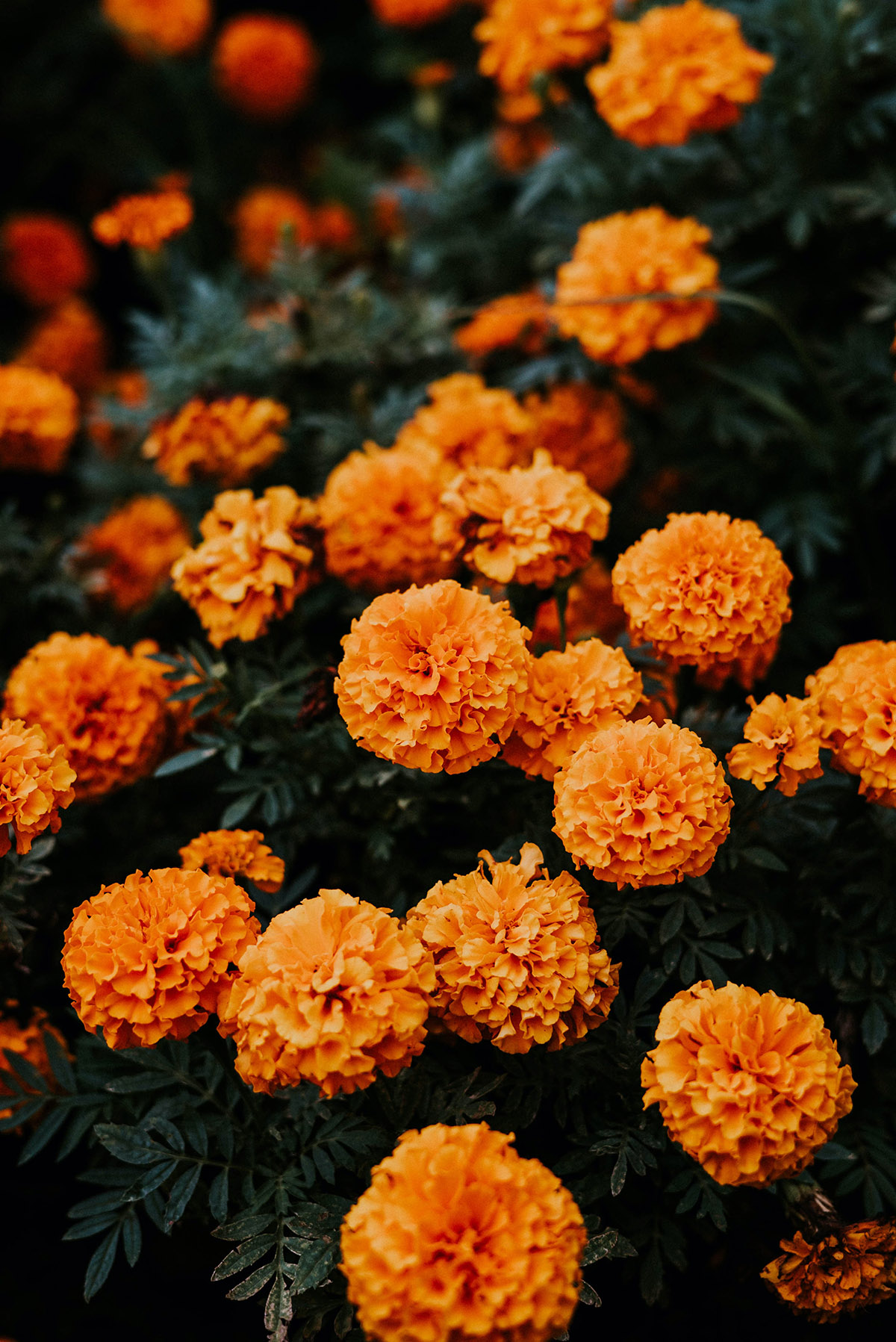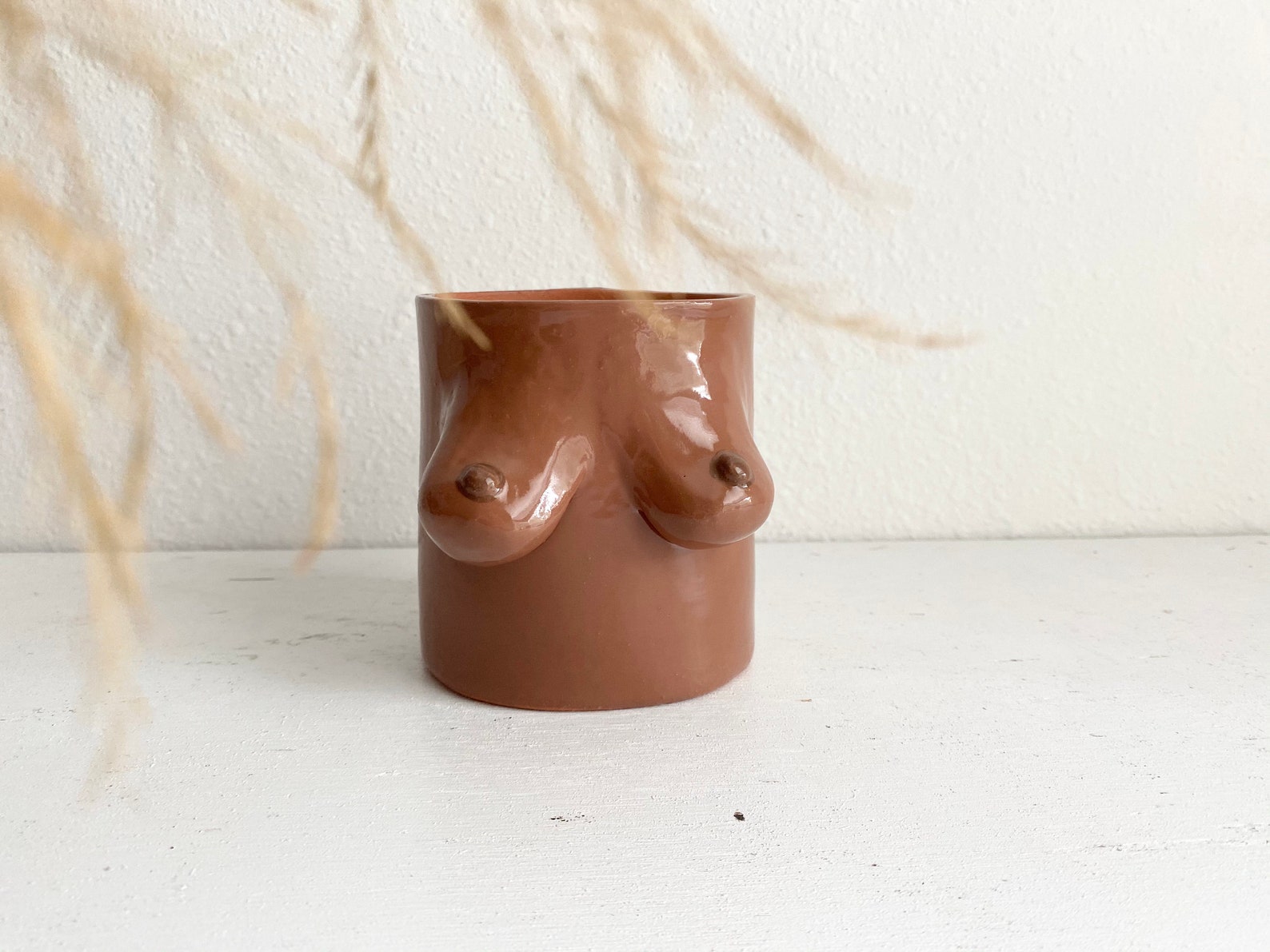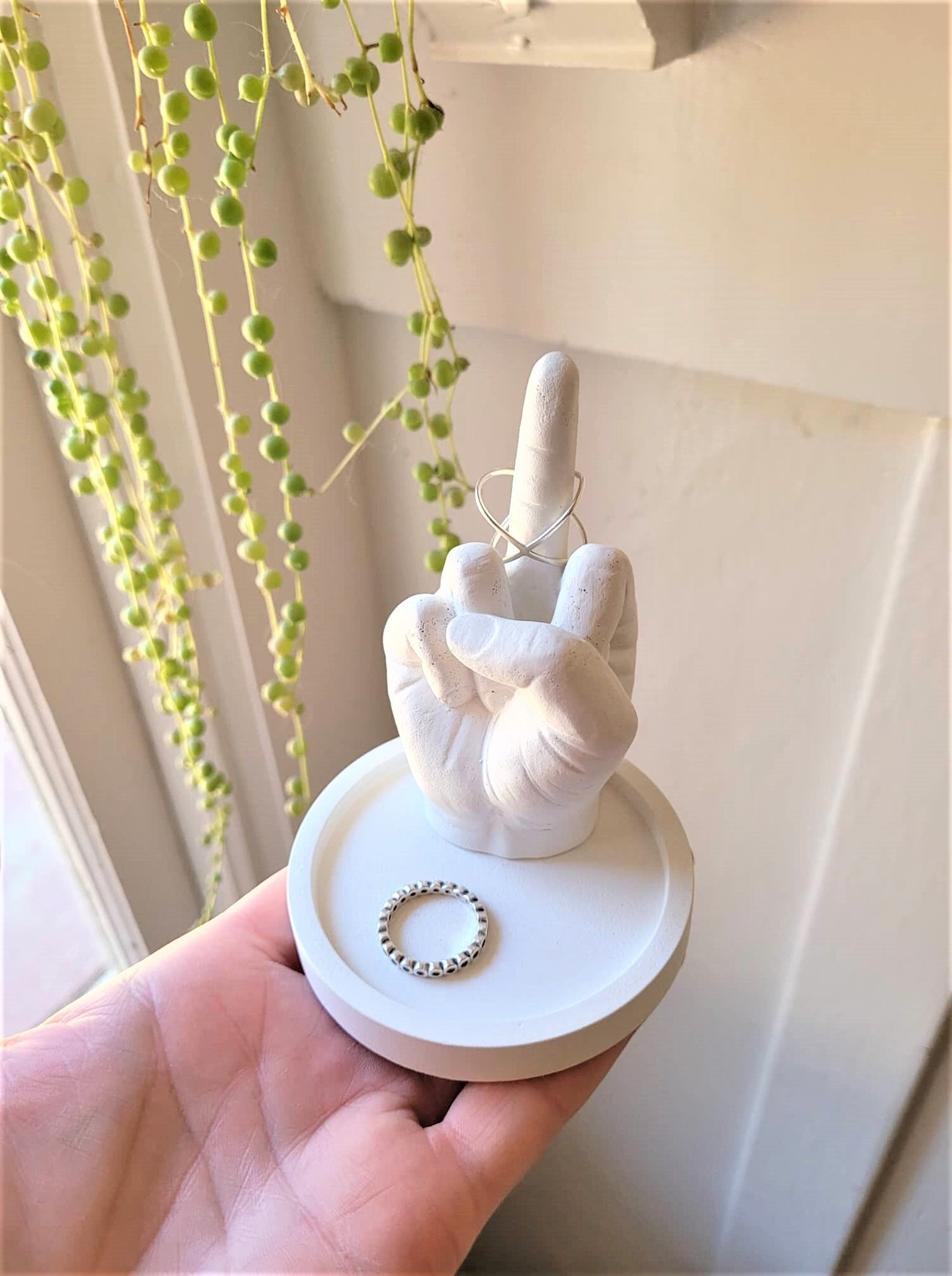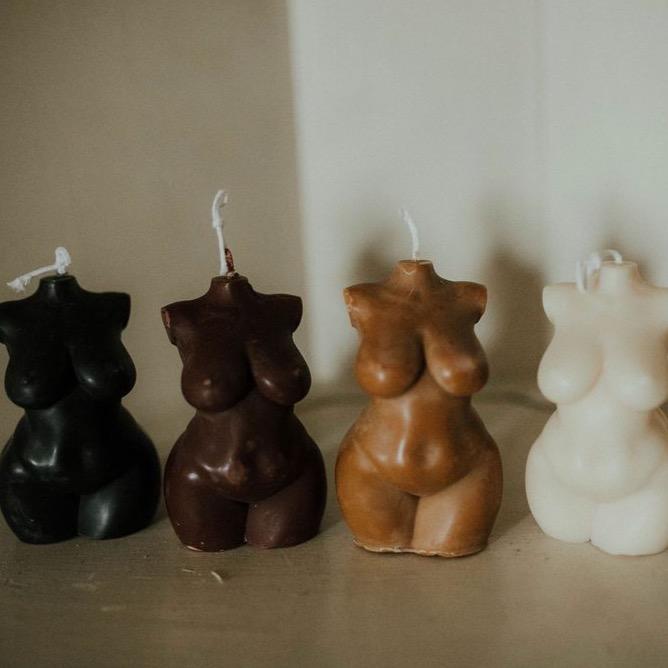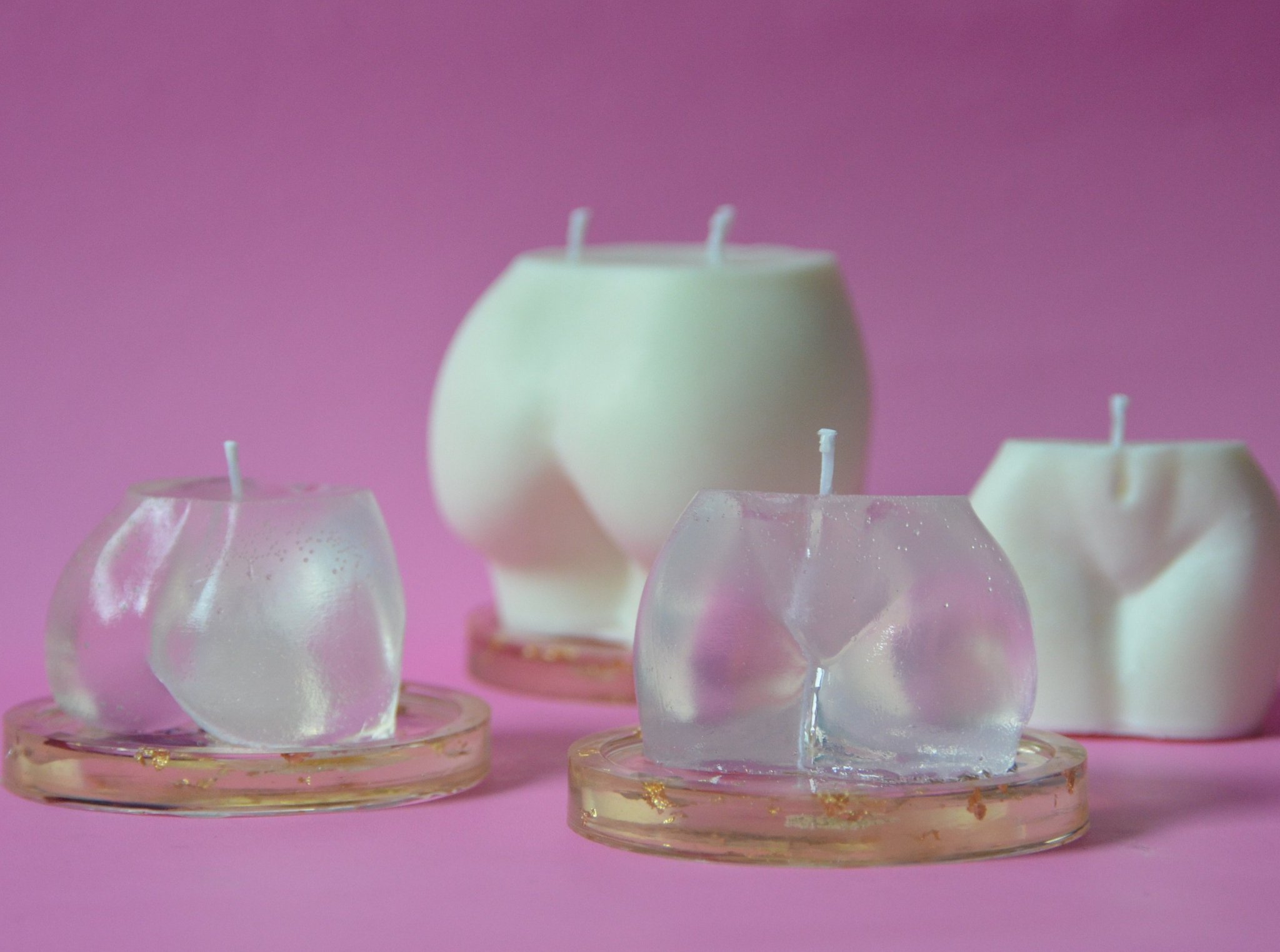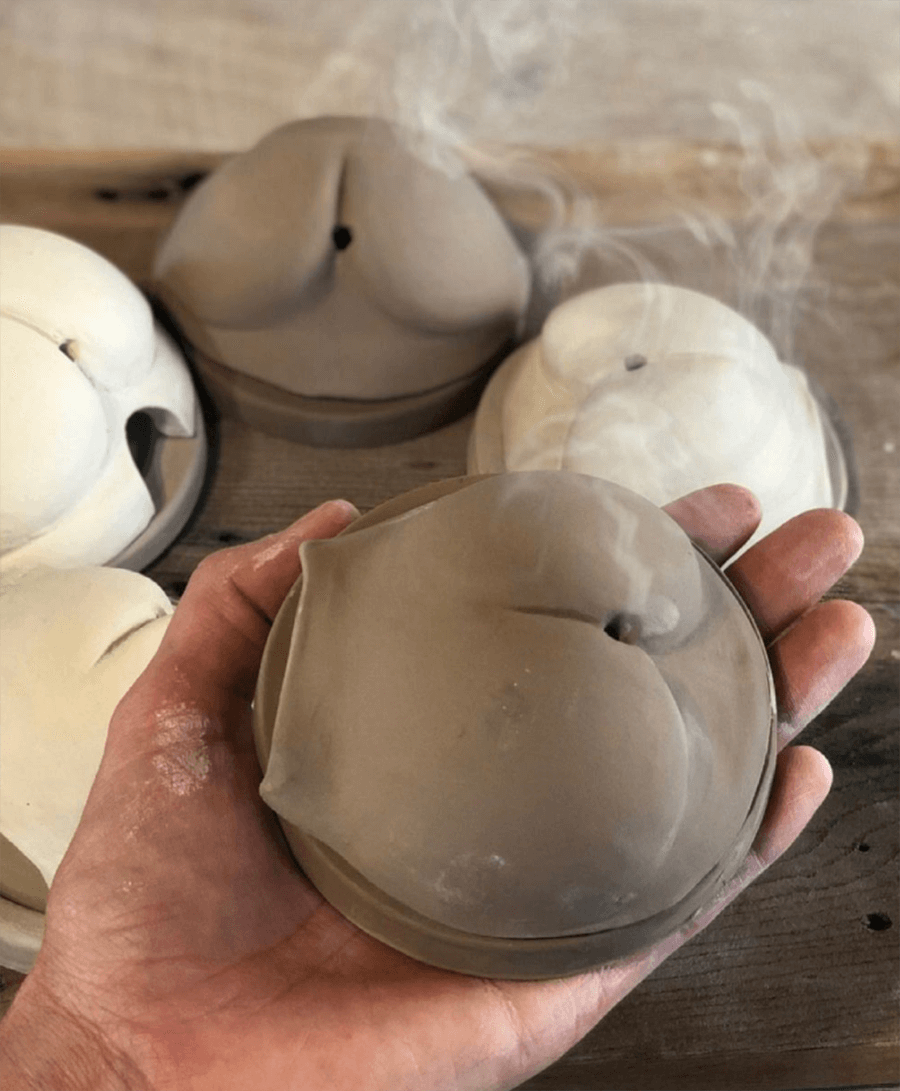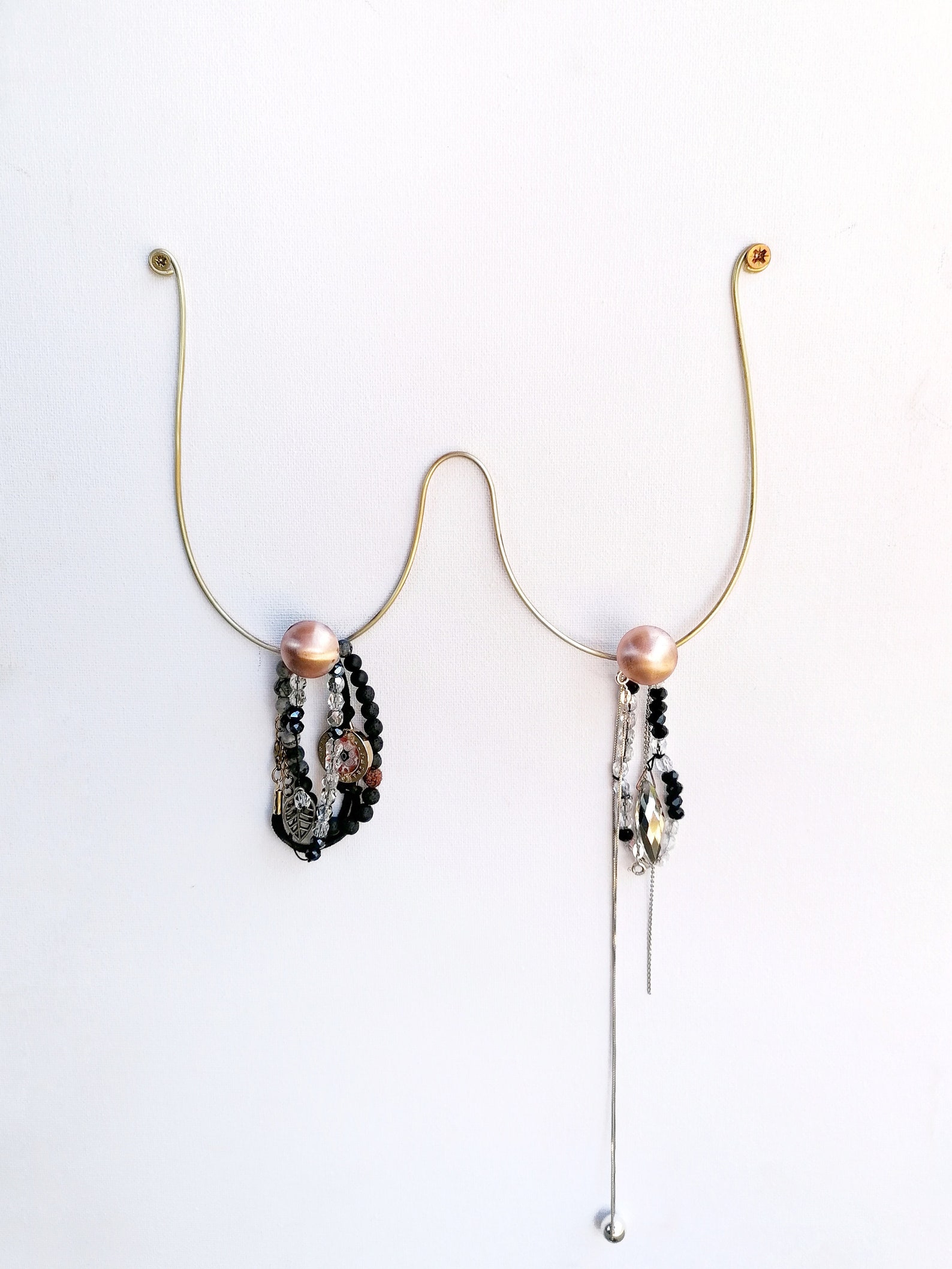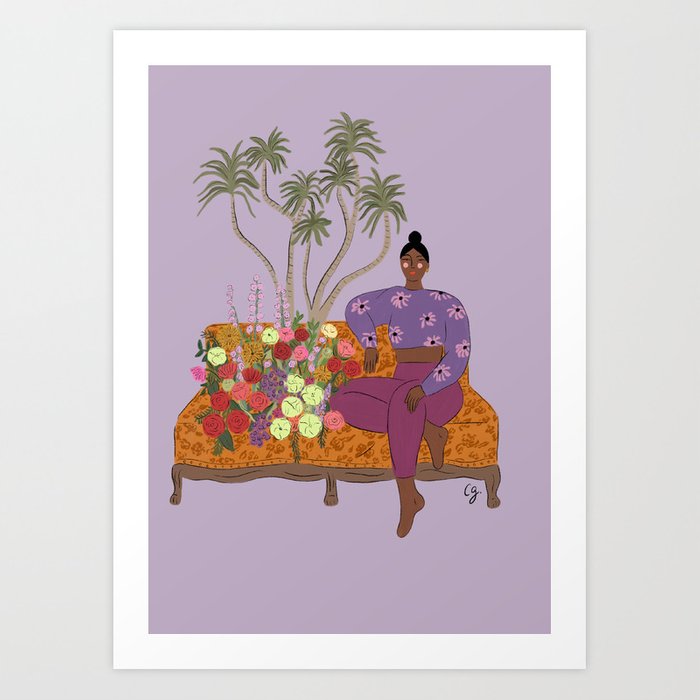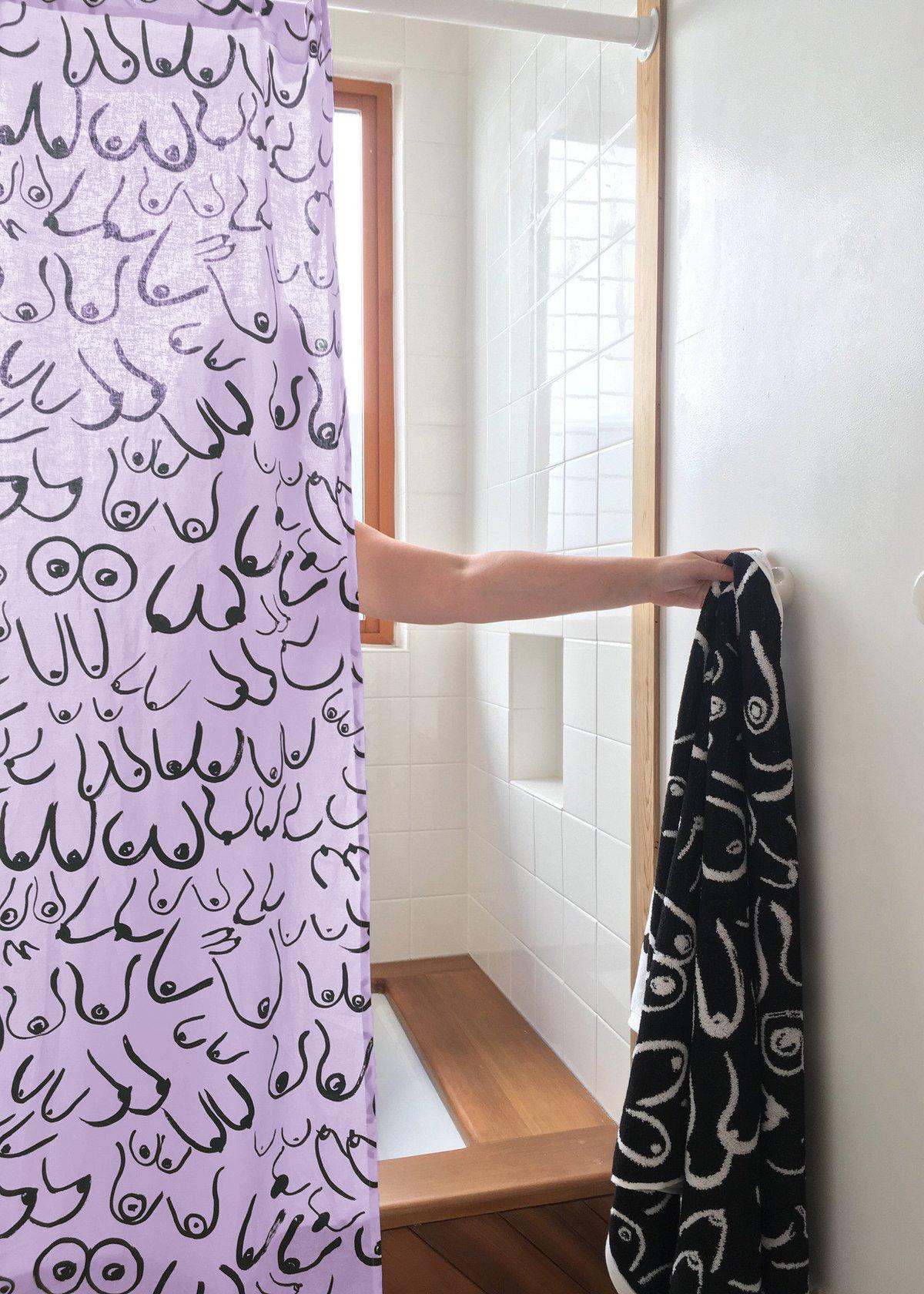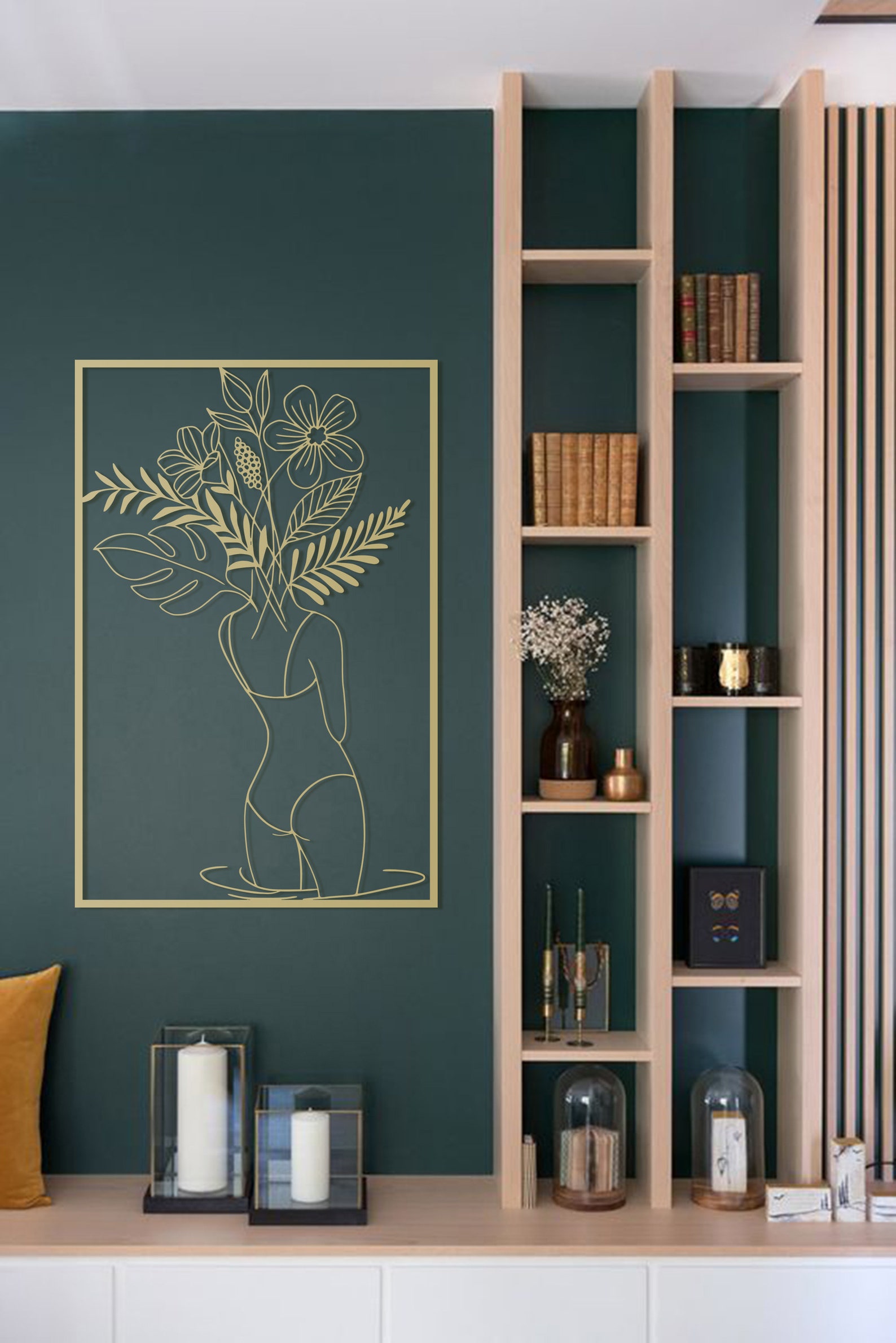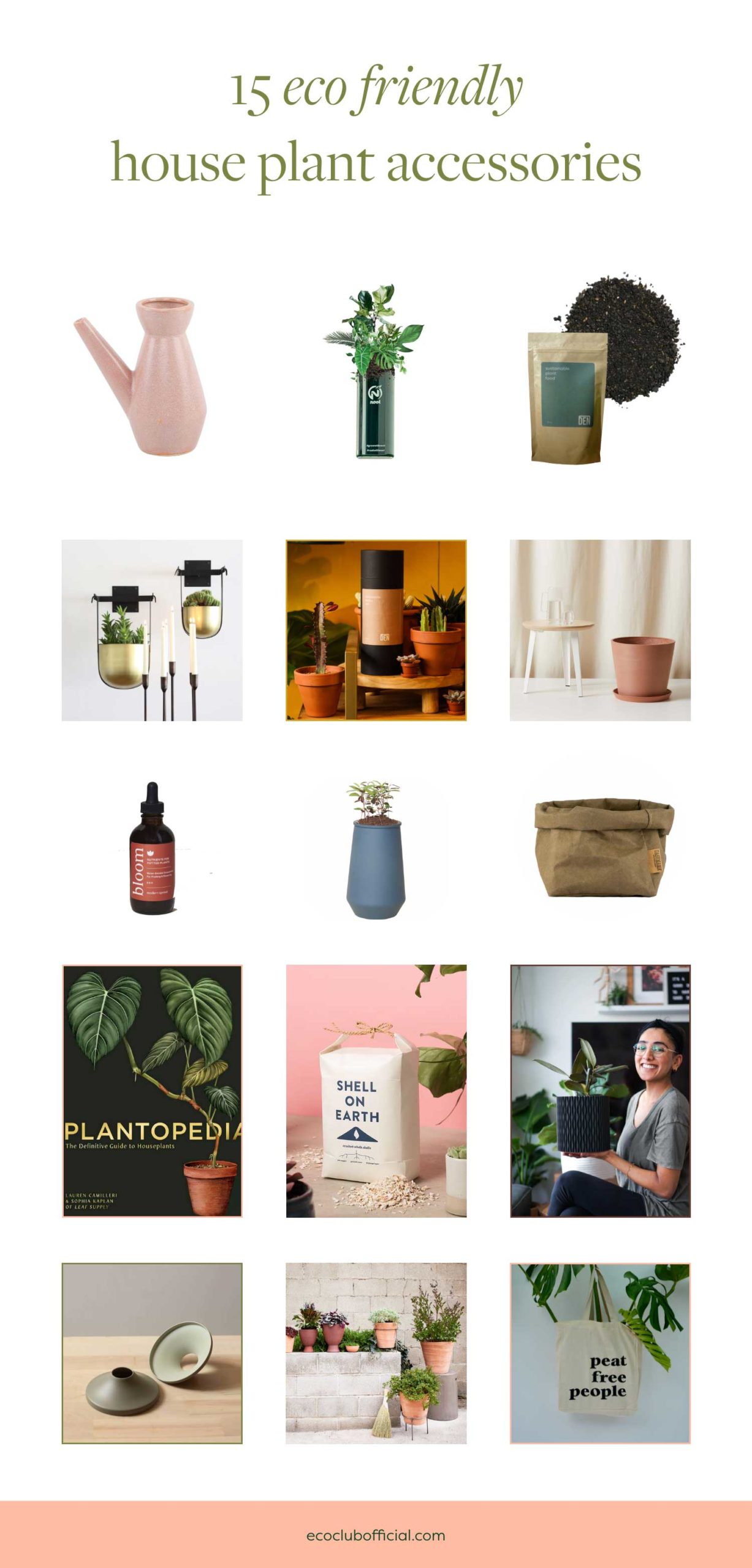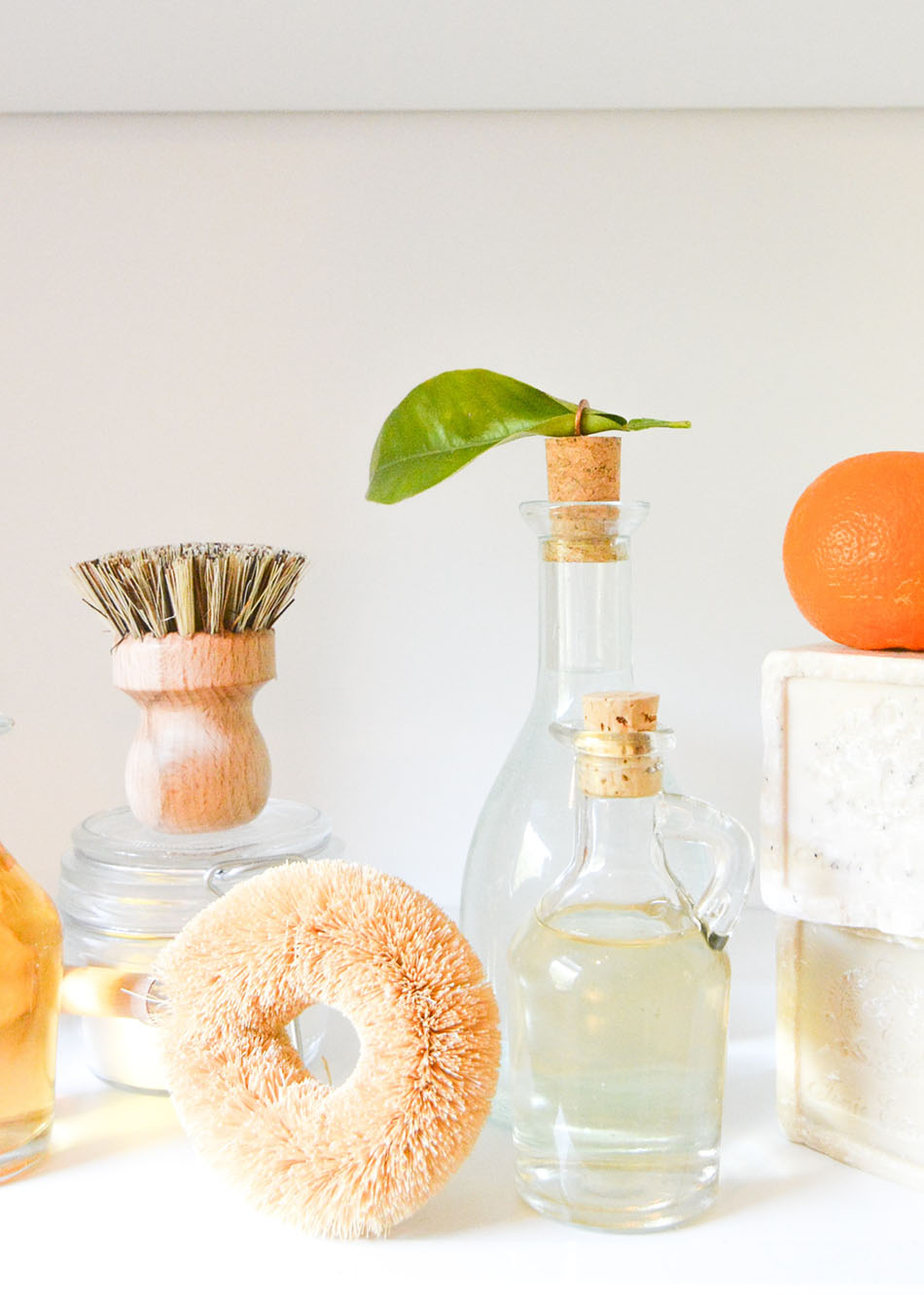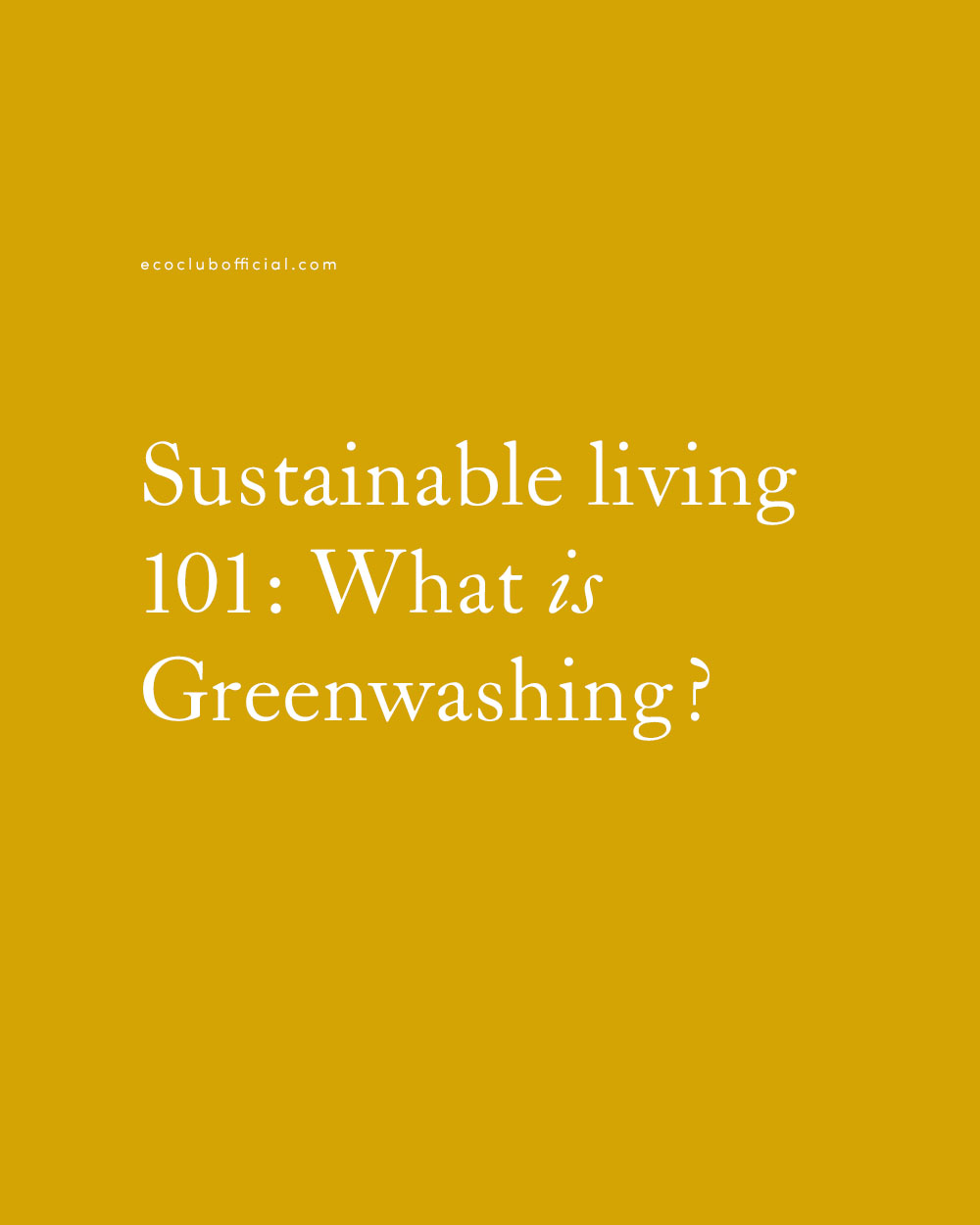Who here loves to decorate for fall but wants to keep things bright and warm for dark days ahead? (Meeeeee.) Our new directory member, Fair Trade brand Anchal Project’s Fall ’21 collection marries cozy and colorful just in time for curling up inside. If you haven’t heard of them, Anchal collaborates with female artisans in Ajmer, India to design and handcraft sustainable home decor and lifestyle products. They’re also a nonprofit organization offering social impact programs such as education and health services on top of sustainable employment for their makers and their local communities.
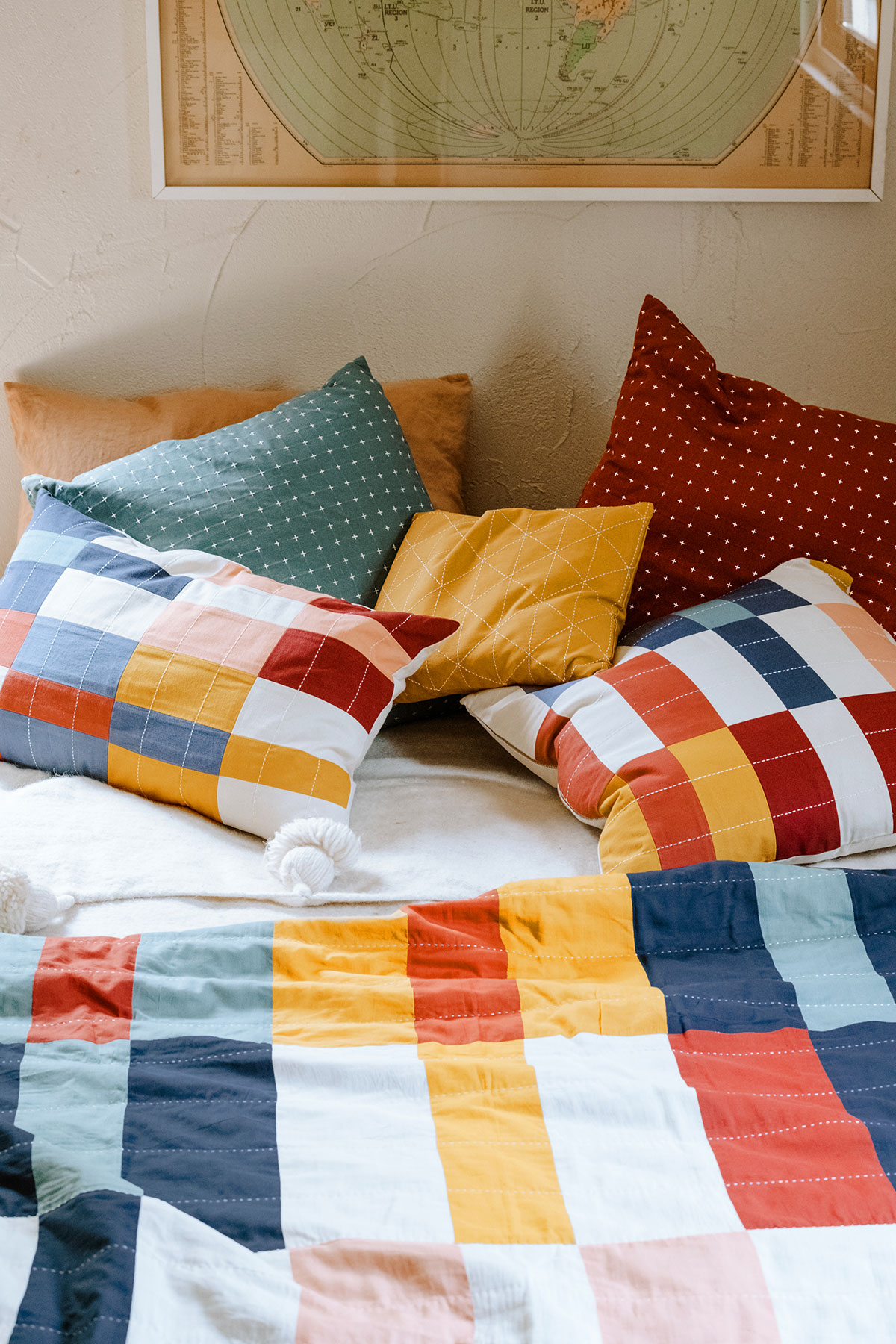
Patchwork Plaid, Anchal Project’s latest collection, introduces a classic motif deeply inspired by the rich history of Indian madras. It’s meant to provide comfort and familiarity, while fitting in with the modern home. It’s all made of organic cotton and the line ranges from quilts and pillows to accessories and linens.
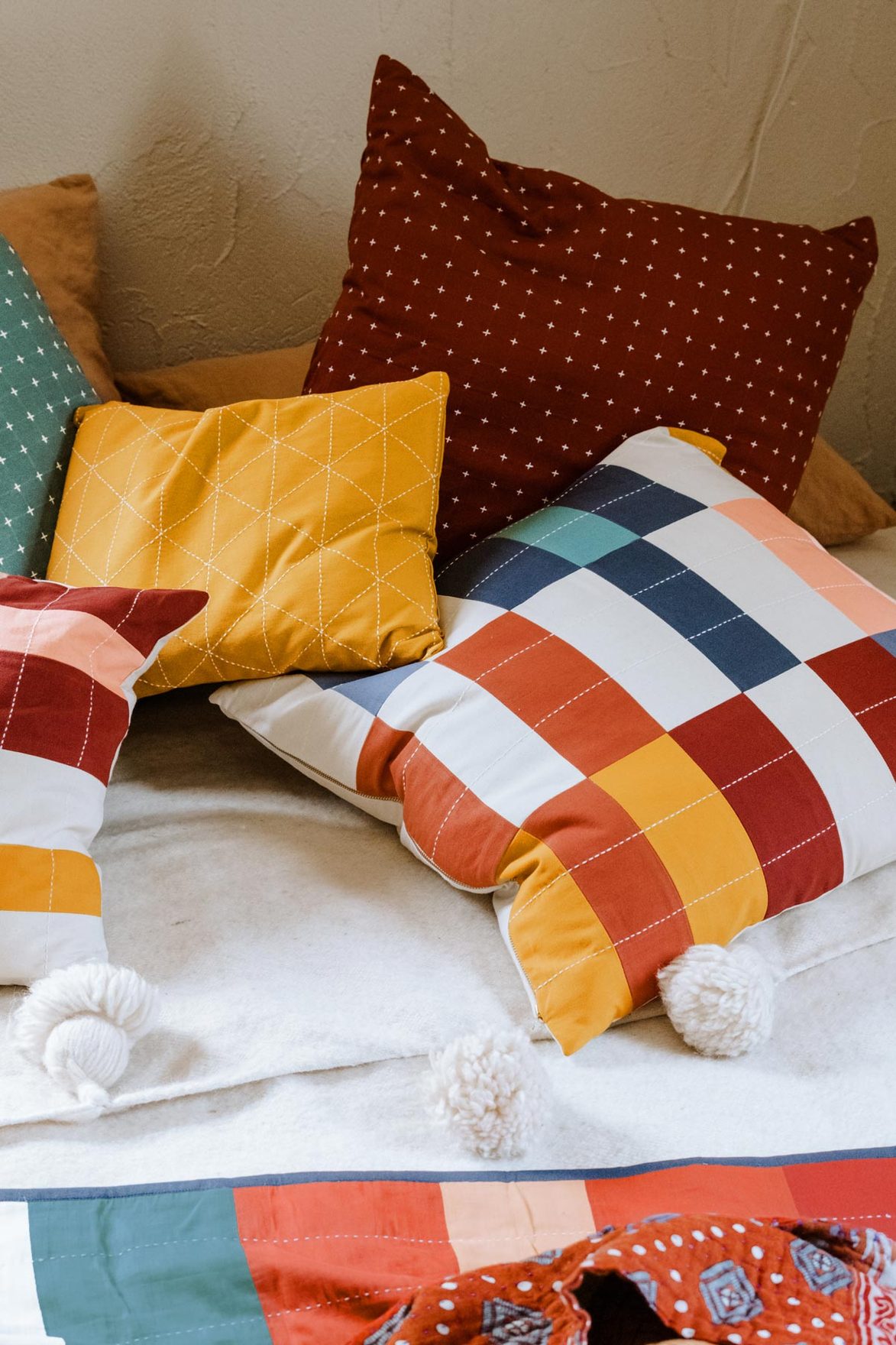
The multi-check pattern and colorway is definitely up our alley, and I love it matched with mustard and rust tones.
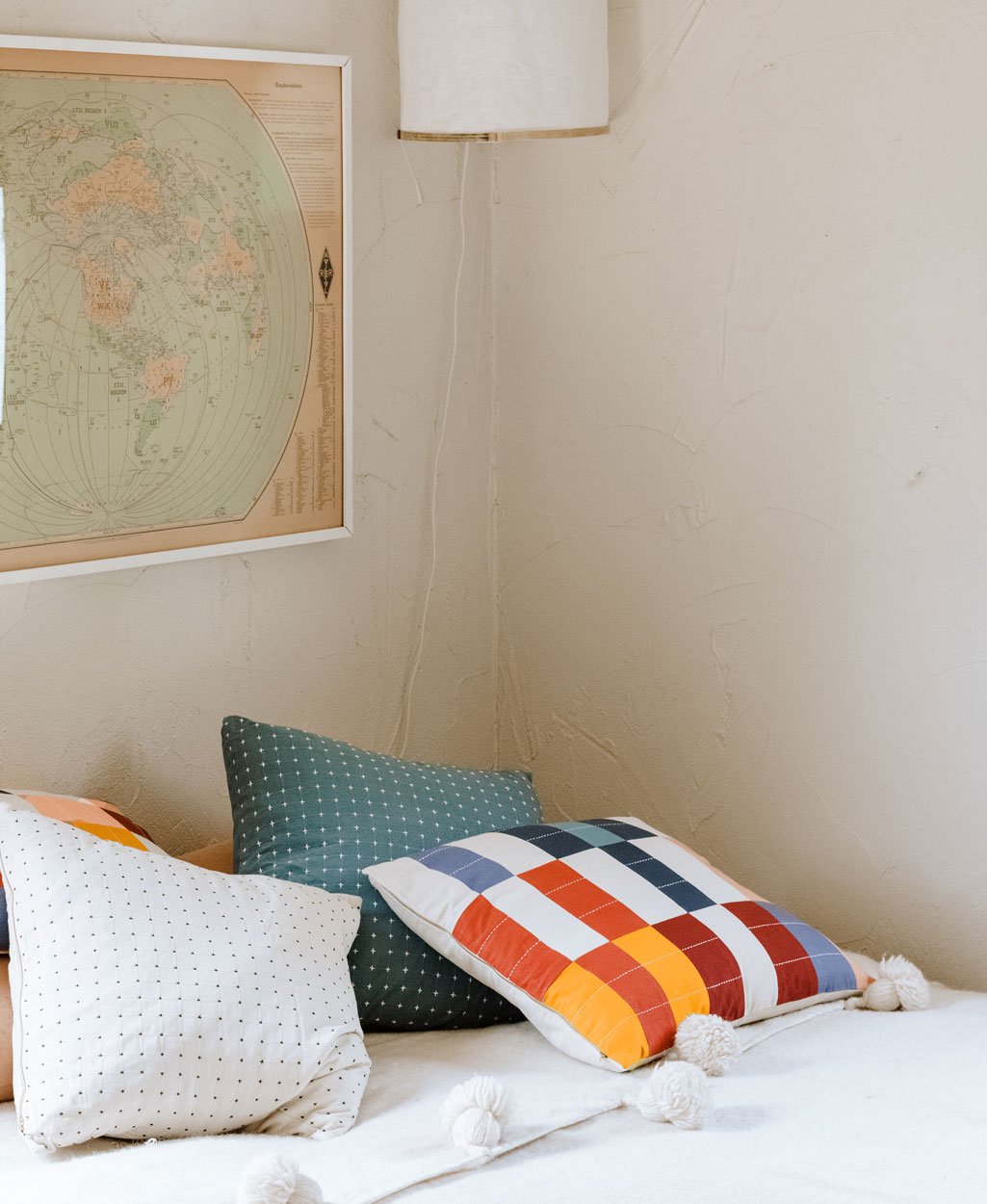
Here it’s paired with cozy pillows from other collections.

Besides the decor, Anchal Project offers the multi-check (and other patchwork motifs for fall) design in this cozy patchwork quilt jacket. If you’ve heard of Anchal you’ve probably seen some of their embroidered apparel, which is always making waves (and often selling out) online and in social media.
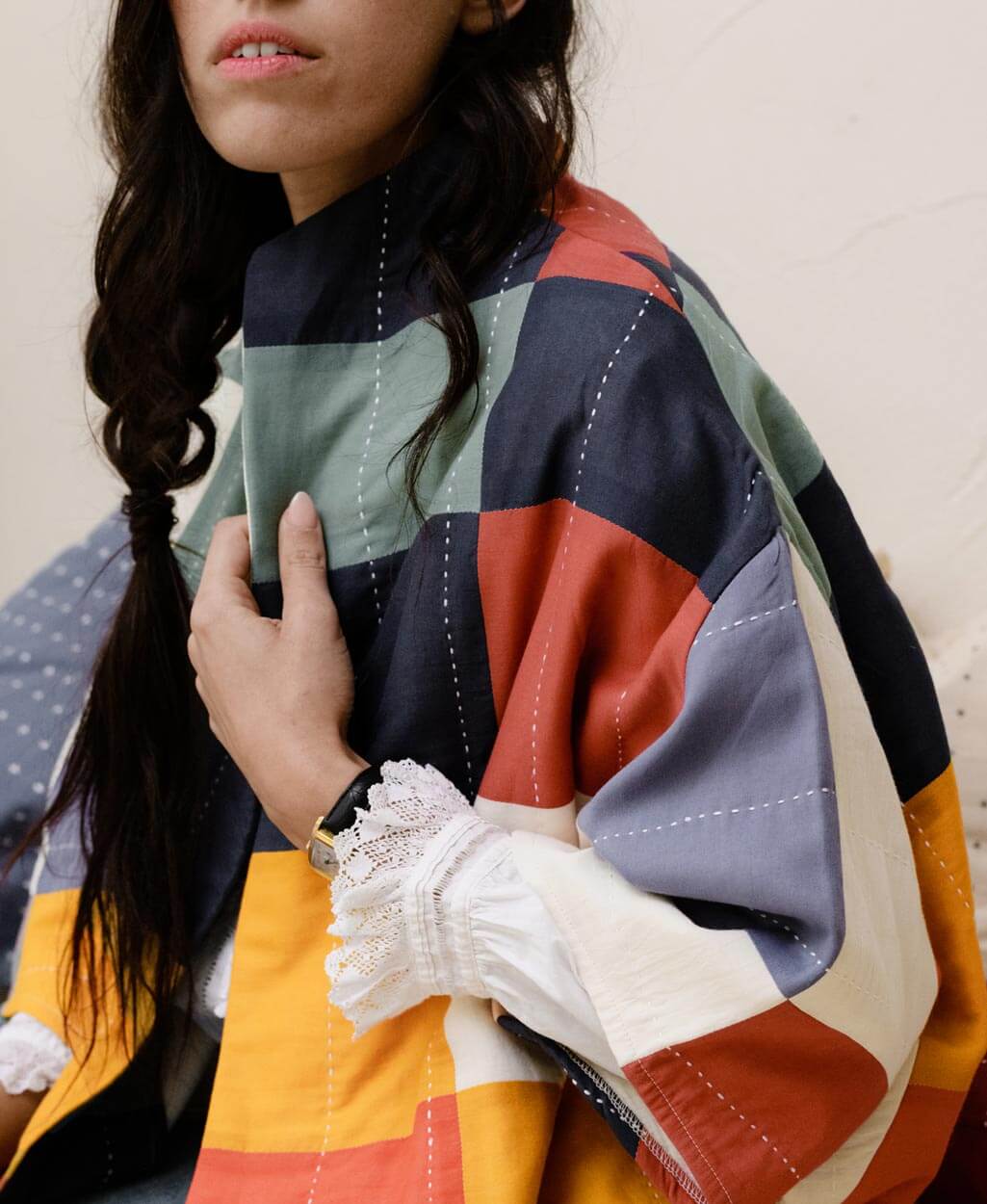
Take a look at the collage below for more cozy brights in this collection!
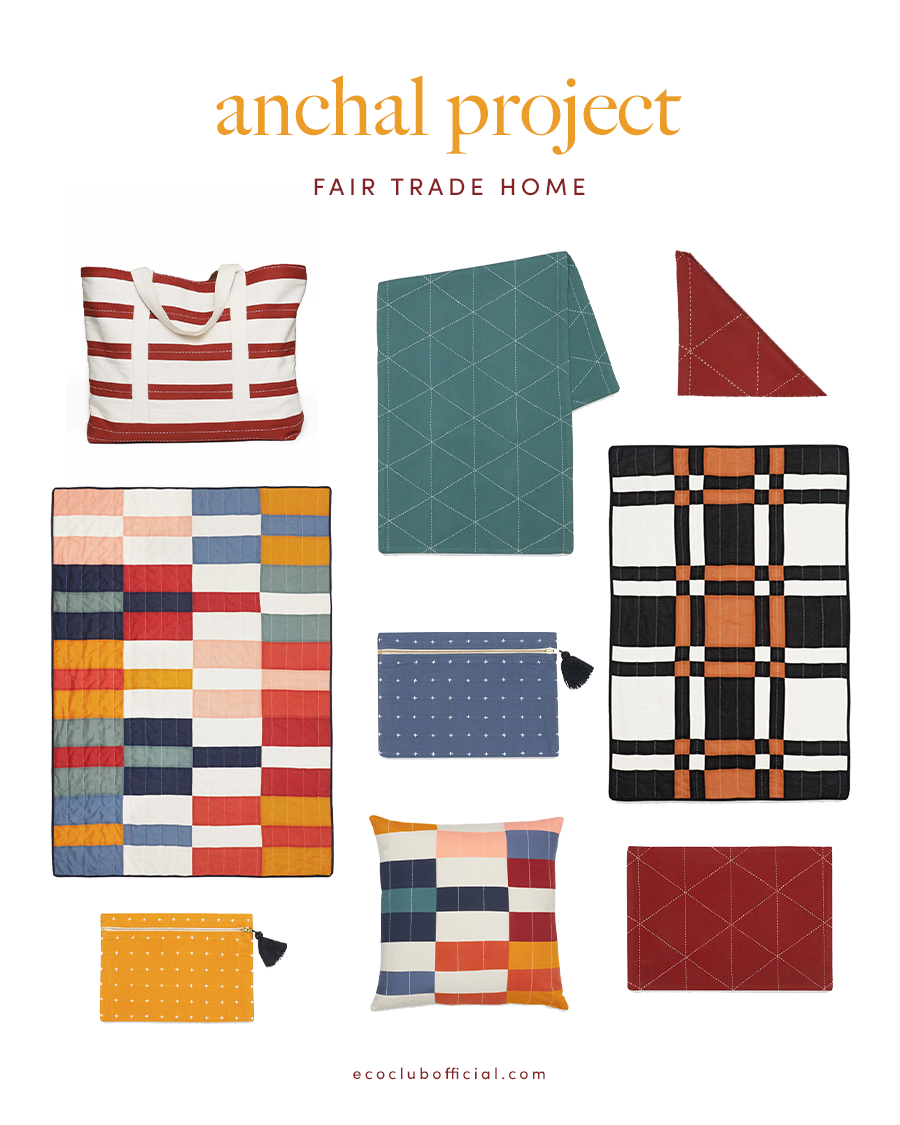
Stripe Canvas Tote Bag / Multi Check Quilt Throw / Cross Stitch Pouch Clutch / Graph Table Runner / Multi Check Throw Pillow / Graph Napkin Set / Small Patchwork Plaid Quilt Throw / Graph Placemat Set
Which piece would you decorate with this fall? Shop on anchalproject.org and be sure to use code ecoclub20 for 20% off!
Thanks to Anchal Project for joining our sustainable shop directory and sponsoring this spotlight post!

